Granite Geek: Can you grow radishes on the moon? NHTI students tried
|
Published: 05-13-2024 2:01 PM
Modified: 05-14-2024 11:44 AM |
If you, like me, often despair of producing a garden in the mix of stones, sand and grit that New Hampshire optimistically calls “soil,” remember that it could be worse. You could be working with dirt from the moon.
“It’s hard to grow in this material. It’s basically rock dust,” said Tracy Lesser, a chemistry professor at NHTI. She spent the last semester overseeing students as part of a nationwide NASA project called Plant The Moon Challenge, to test the growth of crops in simulated soil known as regolith from the moon and Mars.
Spoiler alert: It didn’t go well.
The phrase “no viable sprouts” crops up frequently in the research posters, a form of abbreviated research paper commonly used by scientists, that describe the eight-week project. But that’s OK with Lesser, as we’ll see in a moment.
The work was done by Lesser’s biology senior capstone students and the NHTI Environmental Action Club as part of two challenges from NASA. The space agency sent out supplies of simulated dirt from the moon and Mars – not the actual stuff, unfortunately – and teams at many schools tried to grow crops in them (cabbages on the moon, radishes on Mars) using various compost mixes, watering routines and lighting as dictated by the space agency. The idea is for NASA to get a lot of data about what works, and what doesn’t, when the time comes for us to feed ourselves on other planets.
If you are familiar with “The Martian” (both book and movie are excellent), this will sound familiar. That story involves a lone astronaut trying to grow enough crops to feed himself after being abandoned on Mars. A large part of his effort involves maximizing use of his own bodily waste as fertilizer.
NHTI students did not take that route for obvious reasons, but Lesser said they tried to simulate composted human waste that astronauts would have to use if they were living on Mars, mixing composted cow manure and various chemicals.
“The question is if you reclaim water from human urine, what would the (nutrients) and pH be, and could you use that as fertilizer for the plants? We made our own fertilizer using potassium phosphate and ammonium nitrate, did the math and chemistry out, figured out ratios,” she said.
Article continues after...
Yesterday's Most Read Articles
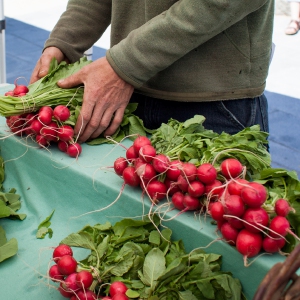 House committee defunds relief program for mothers and children, spares SNAP incentives
House committee defunds relief program for mothers and children, spares SNAP incentives
 No high-speed E-ZPass at Hooksett tolls for at least two months
No high-speed E-ZPass at Hooksett tolls for at least two months
 New Hampshire law enforcement to step up traffic enforcement on Route 106
New Hampshire law enforcement to step up traffic enforcement on Route 106
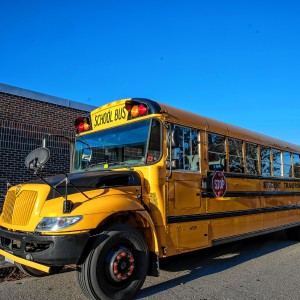 Schools in Lakes Region explore creating a special education school to bring down costs
Schools in Lakes Region explore creating a special education school to bring down costs
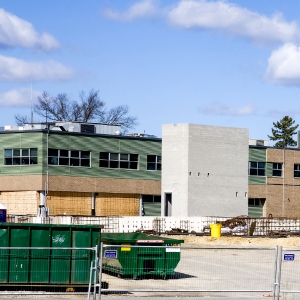 Work continues on new state psychiatric hospital in Concord
Work continues on new state psychiatric hospital in Concord
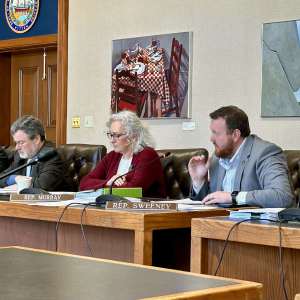 House committee reverses vote, adopts prohibition on DEI activities and spending
House committee reverses vote, adopts prohibition on DEI activities and spending
Lesser said the relative lack of success may have been due to the compost itself as well as shortages of nutrients in the simulated soil.
As a teacher, Lesser didn’t mind her team’s inability to chow down on their own other-worldly cabbage-and-radish salad.
“From a learning perspective, having an experiment that didn’t work perfectly means they learned so much more. They really had to dig in, see what went wrong and why,” she said.
That is a common refrain in science. Researchers need experiments to succeed in order to publish papers and keep their jobs, but the best insights are produced when things go unexpectedly wrong. Teaching community college students how to analyze and learn from failure is a great approach.
Another lesson: Colonizing other planets is going to be much, much harder than they thought.
“We had a great time contemplating: Would this work? Maybe hydroponics would work better? What about the effect of zero gravity?” said Lesser. “That’s where the students got to, the realization that if they had gone to Mars and had to grow their own food, they were in trouble. The difficulty of colonizing (the moon or Mars), that’s a really interesting conclusion to come to.”
Lesser and I discussed this conclusion featured in the recent book “A City on Mars” by a married couple who started out as gung ho on colonizing planets but soon changed their tune. The more research they did, the more skeptical they became that we can ever live on another planet, certainly not without doing decades of basic research on biology and ecology and sociology, not just the physics and engineering beloved of rocket fanboys.
NASA’s Plant the Moon Challenge is exactly the sort of non-sexy research that is needed.

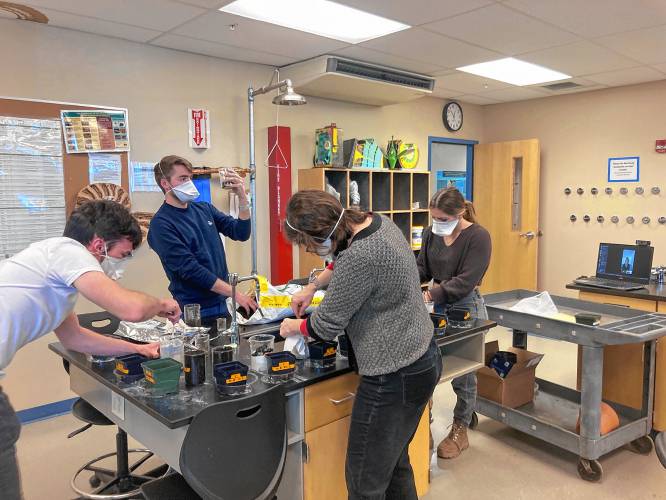
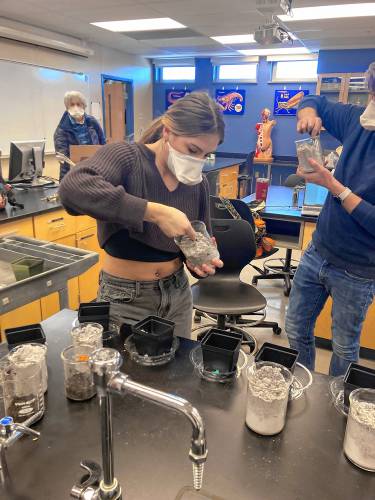
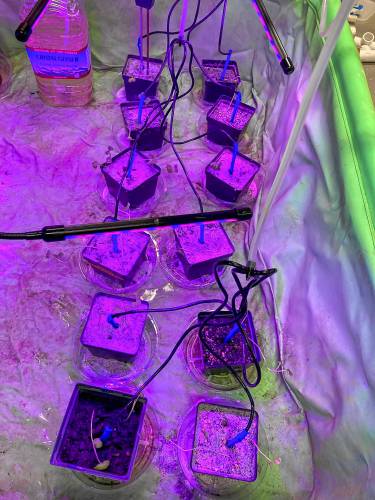






 Henniker ponders what is a ‘need’ and what is a ‘want’
Henniker ponders what is a ‘need’ and what is a ‘want’ Boscawen residents vote to fund major renovation of public works building
Boscawen residents vote to fund major renovation of public works building ‘Voting our wallets’: Loudon residents vote overwhelmingly against $1.7M bond for new fire truck
‘Voting our wallets’: Loudon residents vote overwhelmingly against $1.7M bond for new fire truck In Pembroke, Education Freedom Accounts draw debate, voters pass budget
In Pembroke, Education Freedom Accounts draw debate, voters pass budget
